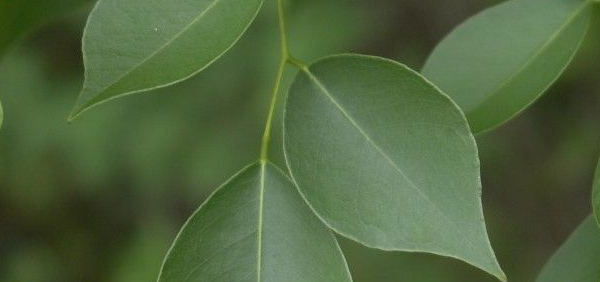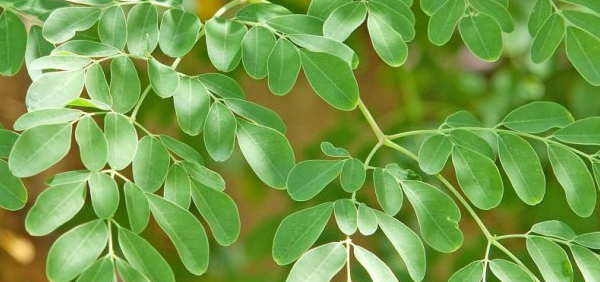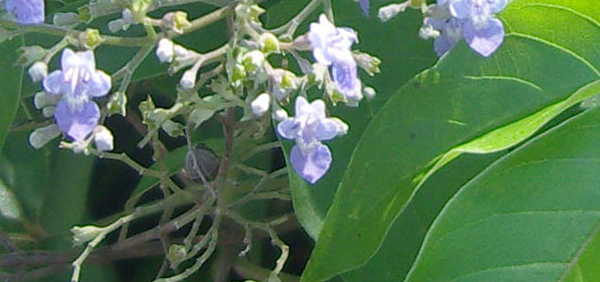brahmasuvarcala :

Morphology:
Malva sylvestris is a spreading herb, which is an annual in North Africa,biennial in the Mediterranean and a perennial elsewhere. It can be straight or decumbent,[3][8] branched, and covered with fine soft hairs or none at all,[10] M. sylvestris is pleasing in appearance when it first starts to flower, but as the summer advances, "the leaves lose their deep green color and the stems assume a ragged appearance".
Leaves
Edit
The leaves are borne upon the stem, are roundish, with numerous lobes, each 2–4 centimetres (0.79–1.57 in) long, 2–5 centimetres (0.79–1.97 in) and 5–10 centimetres (2.0–3.9 in) in diameter. The leaves have hairs radiating from a common center, with prominent veins on the underside.
Flowers
Edit
Flower
Described as reddish-purple, bright pinkish-purple with dark stripes and bright mauve-purple, the flowers of Malva sylvestris appear in axillary clusters of 2 to 4 and form irregularly and elongated along the main stem with the flowers at the base opening first.
M. sylvestris has an epicalyx (or false calyx) with oblong segments, two-thirds as long as calyx or 2–3 millimeters long and 1.5 millimeters wide. Its calyx is free to the middle, 3–6 millimeters long, with broadly triangular lobes or ovate mostly 5–7 millimeters long. The flowers are 2–4 times as long as the calyx;
Fruits
Nutlets strongly reticulate (10–12 mericarps, usually without hair, with sharp angle between dorsal and lateral surfaces, 5–6 mm in diameter.
Seeds
Also called cheeses, seeds are brown to brownish green when ripe, about 2.5 millimeters long and wide 5 to 7 millimeters in diameter[8] and are shaped like a cheese wheel.
Histology:
There were three discrete groups of initials in the embryonic root: those of the central cylinder, cortex, and secondary columella. The secondary columella initials consisted of a plate of cells flanked by a ring of cortical initials. The lateral portion of the rootcap shared a common origin with the epidermis. During growth both the initials of the secondary columella and outer cortex produced rootcap cells. The first indication of the outer cortical initials participating in rootcap formation was observed in roots 3 cm long. In 6‐, 9‐, and 16‐cm roots the cellular continuity between the outer cortex and rootcap was marked, but in 23‐ and 33‐cm roots the histogenic continuity between the outer cortex and rootcap was not evident. In all growth stages the initials of the central cylinder and inner cortex retained their histogenic integrity.- » Classification and names of brahmasuvarcala
- » Synonyms and definitions of brahmasuvarcala
- » Drug Properties of brahmasuvarcala
- » Chemical Constituents of brahmasuvarcala
- » Standardization of brahmasuvarcala
- » Parts used and Dosage of brahmasuvarcala
- » Morphology and Histology of brahmasuvarcala
- » Distribution and Conservation of brahmasuvarcala
- » Cultivation of brahmasuvarcala
- » brahmasuvarcala in the market
- » Medicinal Uses of brahmasuvarcala
- » Researches and clinical trails of brahmasuvarcala
- » brahmasuvarcala in other sytems of medicine
- » Ayurvedic formulations with brahmasuvarcala
- » Images of brahmasuvarcala













